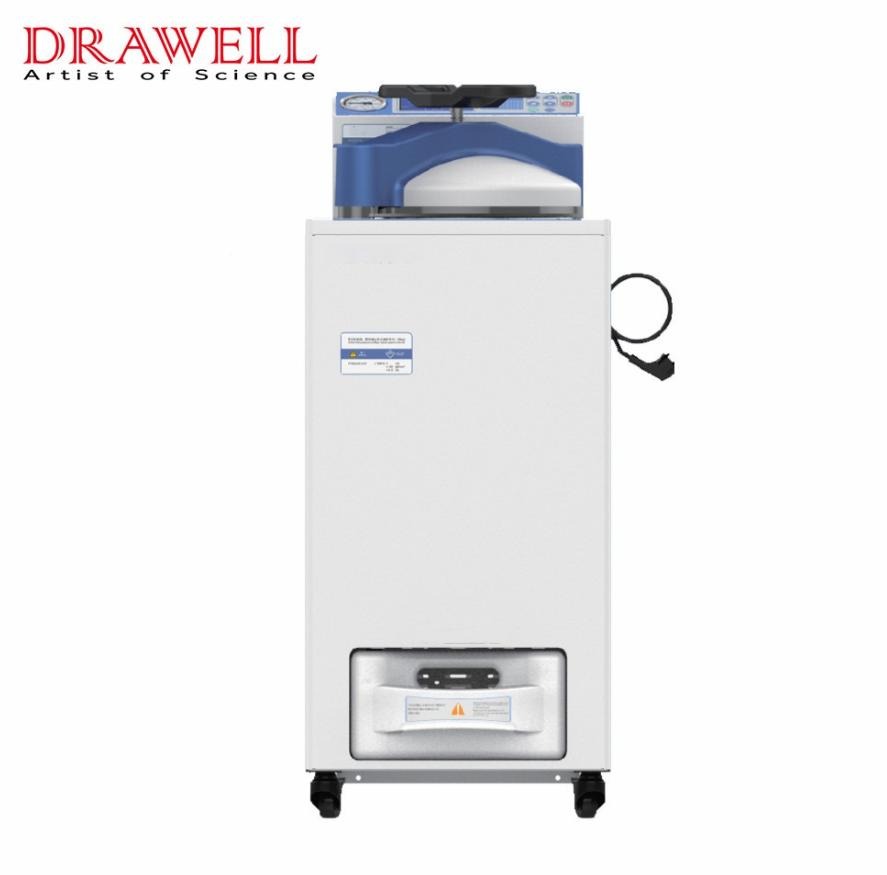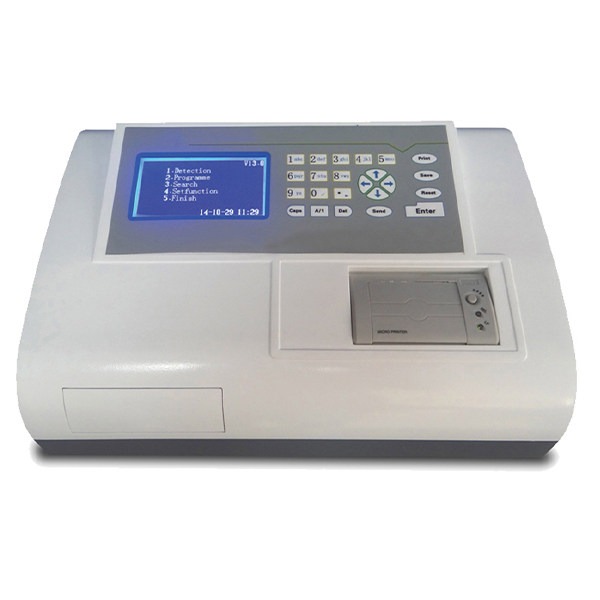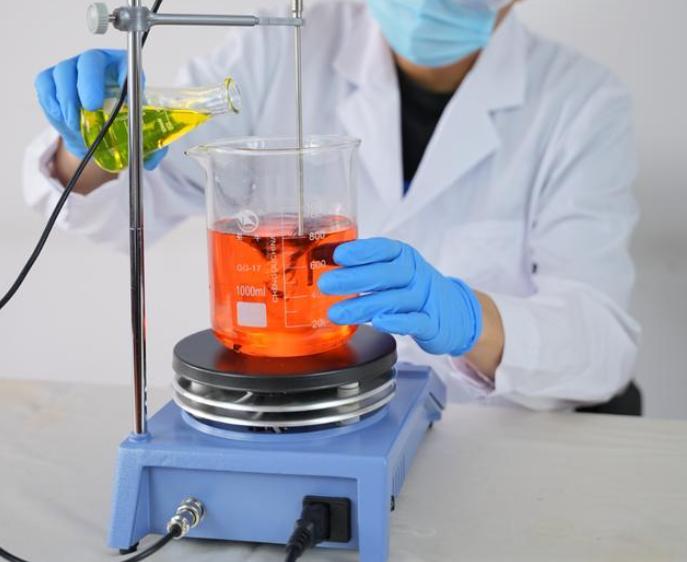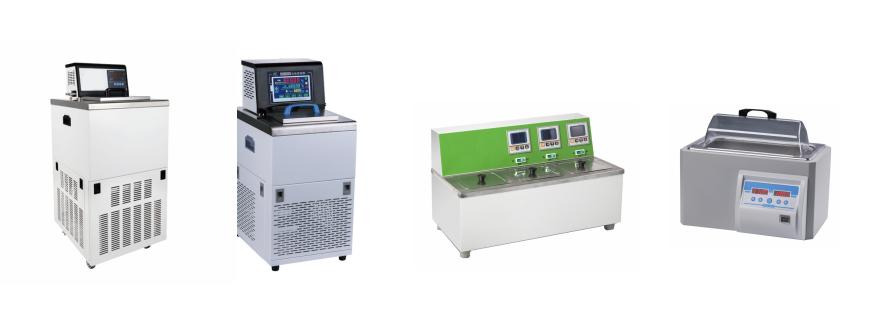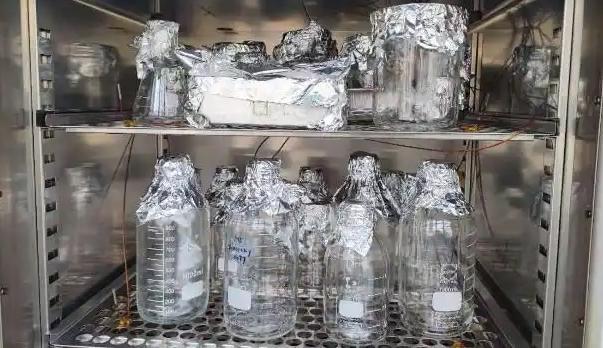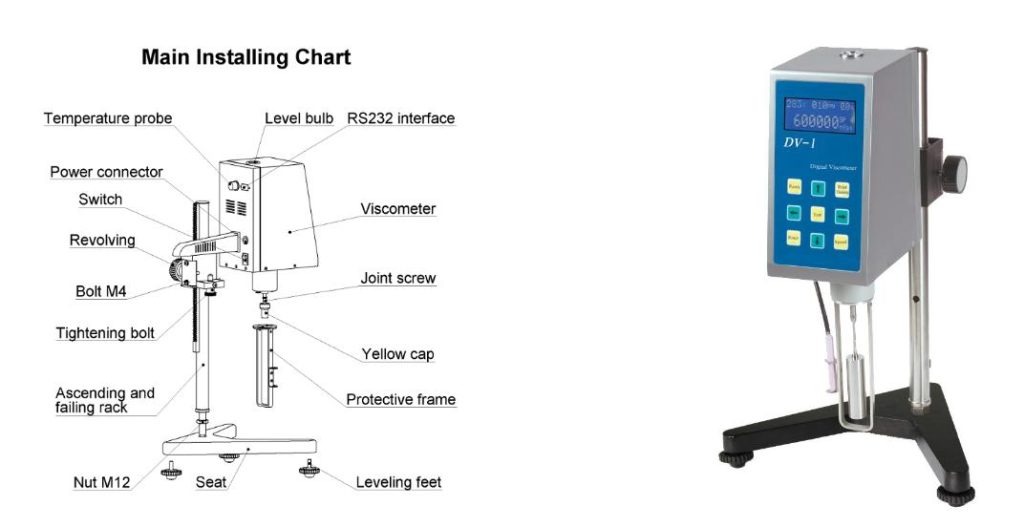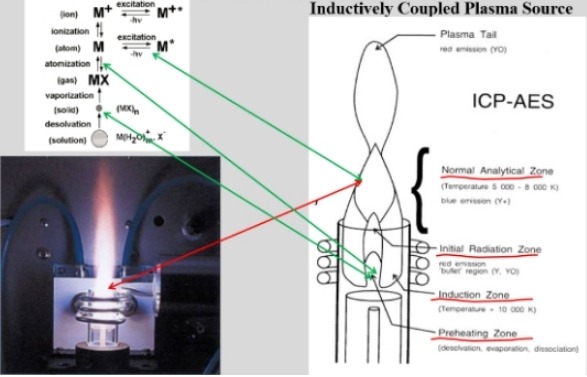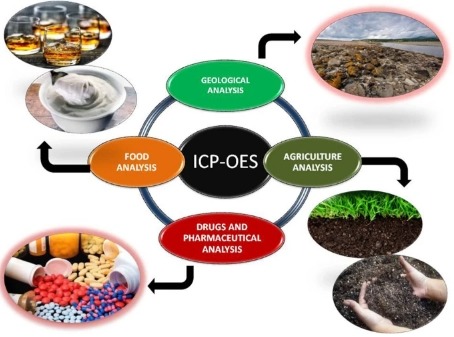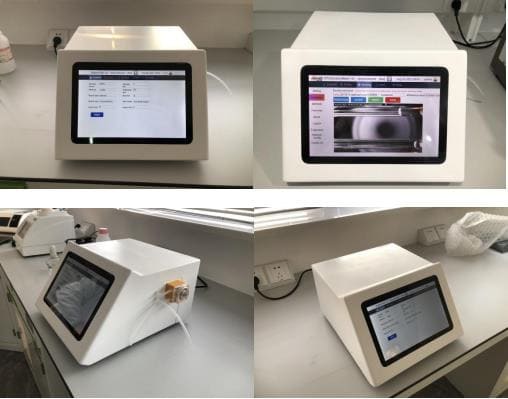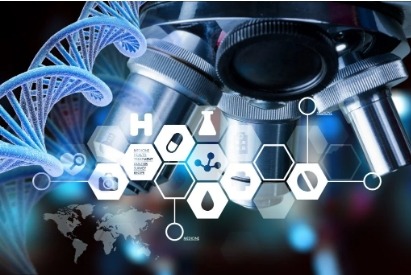News
What Makes Fully Automatic Vertical Autoclave So Reliable
In today’s demanding healthcare, pharmaceutical, and research environments, sterilization is paramount. The fully automatic vertical autoclave is a device that can use high-temperature and high-pressure steam to efficiently sterilize various items. The emergence of this sterilizer has greatly improved the efficiency and accuracy of sterilization, ensuring medical safety and the accuracy of experimental results. But what…
How to Improve the Sensitivity and Accuracy of ELISA Microplate Readers
The Enzyme-Linked Immunosorbent Assay (ELISA) is one of the most widely used techniques in laboratories for detecting and quantifying substances such as proteins, peptides, antibodies, and hormones. Central to the ELISA process is the microplate reader, an instrument that plays a pivotal role in determining the results. Ensuring that the ELISA microplate reader delivers high sensitivity…
Choosing the Best Lab Mixers for Every Experiment
Whether it is an experiment in the fields of chemistry, biology or physics, the mixer plays a key role in the mixing and stirring of samples. It can ensure that various substances are mixed evenly, thereby ensuring the accuracy and repeatability of the experimental results. A suitable laboratory mixer can greatly improve the efficiency of the…
Customize Water Baths for Different Industrial Applications: Why and How?
Water baths are indispensable tools in laboratories and industrial processes, offering precise temperature control for various applications. While standard water baths are effective for general use, the need for customization arises when industries face unique requirements. Custom water baths tailored to specific applications can enhance efficiency, safety, and compliance with industry standards. What Are Water…
How to Sterilize Glassware in the Lab
In the laboratory environment, glassware is a common experimental tool, such as test tubes, flasks, petri dishes, etc. Due to the accuracy and reliability requirements of the experiment, these glassware must be strictly sterilized before use to eliminate possible microorganisms and prevent interference with the experimental results. The quality of sterilization is directly related to…
Essential Steps for Accurate Rotational Viscometer Calibration
Rotational viscometers are essential tools for measuring the viscosity of fluids, offering critical data for industries such as food, pharmaceuticals, and petrochemicals. However, the accuracy of these measurements depends heavily on regular and precise calibration. Calibration ensures that the viscometer delivers reliable results, conforms to industry standards, and remains consistent over time. This article explores the…
What are Plasma Source Technologies in ICP-AES?
Inductively Coupled Plasma Atomic Emission Spectroscopy (ICP-AES) has gained widespread adoption for elemental analysis, known for its precision and versatility. Central to this technique’s performance is its plasma source, which has undergone significant advancements to enhance efficiency, sensitivity, and environmental compatibility. In this article, we explore the key functions of plasma source technologies in ICP-AES and the…
How ICP-OES is Used for High-throughput Analysis in Industrial Laboratories
Inductively Coupled Plasma Optical Emission Spectroscopy (ICP-OES) has emerged as a vital tool for high-throughput analysis in industrial laboratories. Its ability to simultaneously detect and quantify multiple elements with high precision and speed makes it critical in modern analytical workflows. This article explores how ICP-OES addresses the demands of industrial laboratories for efficiency, accuracy, and scalability. The…
What Are The Density Measurement Instrument in Lab
Density is a fundamental physical property defined as mass per unit volume (typically expressed in units such as g/cm³ or kg/m³). It is a critical parameter in various scientific and industrial applications, including material characterization, quality control, and research. Accurate density measurement is essential in understanding the properties of solids, liquids, and gases. Laboratories rely…
Emerging Applications of ICP-OES in Nanotechnology and Material Science
Inductively Coupled Plasma Optical Emission Spectroscopy (ICP-OES) is a powerful analytical tool that excels in multi-elemental analysis with high precision and sensitivity. Its applications in nanotechnology and material science have grown significantly, enabling breakthroughs in research, quality control, and product development. Understanding ICP-OES ICP-OES is an advanced analytical technique used to determine the elemental composition of…


